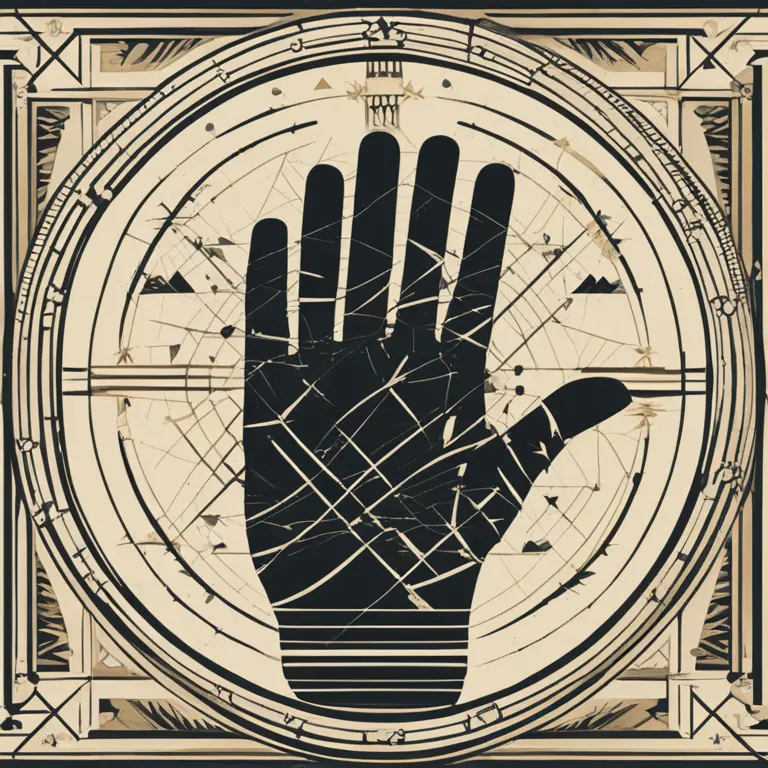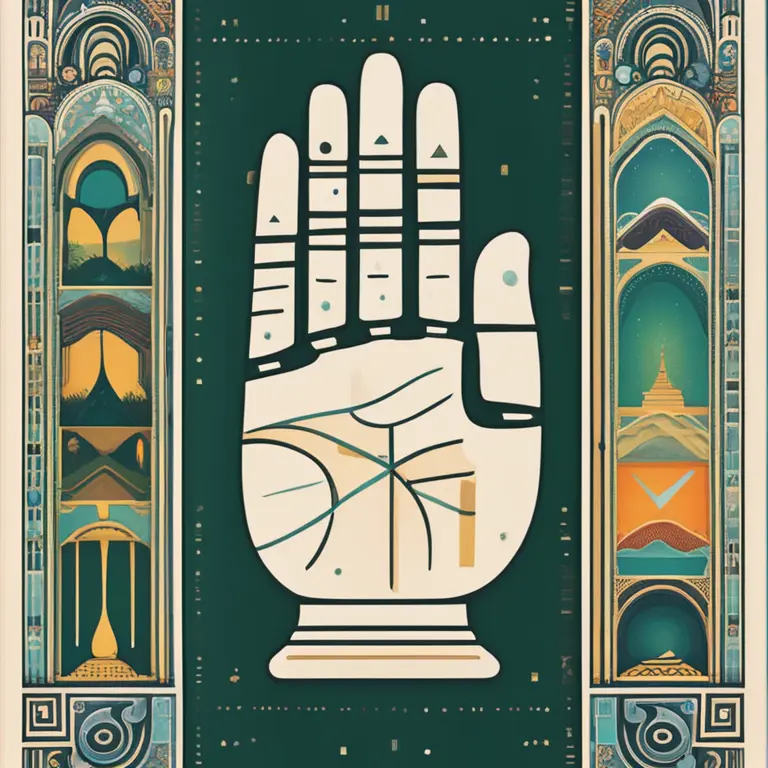
The Precision of Palmistry: Myth or Truth?
Delve into the realm of palmistry to investigate its accuracy in revealing personality traits and predicting futures.
article by Nora Pennington
Palmistry Basics
Palmistry, also known as chiromancy, is an ancient practice that involves analyzing the lines, shapes, and features of the hands to interpret personality traits and predict future events. The art of palm reading is rooted in various cultural traditions and has evolved over centuries, mingling with astrology and other occult sciences. While some see palmistry as a window to the soul, skeptics question its validity, putting it under the scrutiny of scientific skepticism.

Scientific Scrutiny
The question of palmistry's accuracy has long been debated among both supporters and critics. From a scientific standpoint, there’s a lack of empirical evidence directly correlating palm features with psychological traits or future occurrences. Studies aimed at validating palmistry often face methodological challenges, making it difficult to draw definitive conclusions. However, this has not dampened the enthusiasm of those who find personal insight or entertainment value in palm readings.

Subjective Interpretations
One aspect of palmistry that complicates assessments of accuracy is its inherent subjectivity. Palm readers vary in their interpretations, often using intuition alongside traditional knowledge. This subjective element means that two practitioners may read the same palm and deliver different insights. Despite this, many individuals report profound resonance with palm readings, suggesting that there may be an aspect of personal truth to be found in this ancient art.

Modern-Day Palmistry
In the modern-day, palmistry has been adapted and integrated with technology. Some smartphone apps claim to read palms using image recognition software. Digital palm readers and online services provide accessibility, although the accuracy of these automated readings compared to those performed by seasoned practitioners is a topic of debate. As we continue to seek understanding of our lives, palmistry remains a tool for self-reflection in the digital era.

Psychological Perspectives
Psychologists and researchers in human behavior might not endorse palmistry as a science, but some concede it can have psychological benefits. The act of believing in the reading may provide comfort, validation, or motivation akin to a placebo effect. Critics argue, however, that this psychological impact does not validate palmistry's accuracy in a literal sense but rather highlights the power of belief and suggestibility.
Cultural Endurance
Regardless of the debates surrounding its accuracy, palmistry's persistence through history is a testament to its cultural significance. Different regions of the world have their own variations and it is often integrated with local spiritual practices. Whether through a sincere belief in its divinatory power or as a form of cultural expression, palmistry remains an enduring phenomenon that continues to captivate the human imagination.
The Future of Palmistry
As it stands in 2024, the discussion of palmistry's accuracy remains a fusion of belief, anecdotal evidence, and personal experience. The future may hold more rigorous scientific investigations into the connections between hand features and personal attributes. Until then, palmistry will likely persist as an art shrouded in mystery, embraced by some as a tool for self-discovery and regarded by others with skepticism.
Published: 1/29/2024
Modified: 1/29/2024
More predictions
Come back here soon to learn more about yourself and your future


Unlocking The World of Palmistry Healing
Discover the nuances of palmistry healing, the ancient art that interprets hands to promote wellness and guide life choices.


The Basics of Palmistry Explored
Delve into the basics of palmistry and its technique for reading the lines and shapes in your hands to gain insights into your personality and future.


The Realm of Palmistry Healer Lines
Delve into the enigmatic realm of palm reading with this insightful look into the significance of healer lines in palmistry.